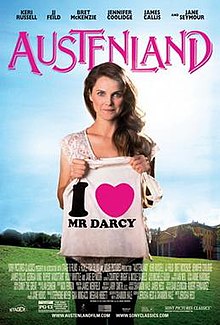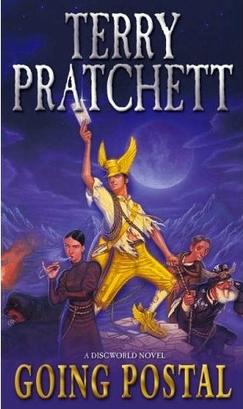
- Audie Award Finalist, Humor, 2005
- Quill Award Winner, Audiobooks, 2005
- Grammy Award Winner, Best Comedy Album, 2005
This satirical history and civics lesson is an abridged version of the book of the same name. It lampoons American exceptionalism, voter apathy, and the quagmire that is the Congress. Some of the funnier chapters are the comparisons to Canada, written and voiced by Samantha Bee. Jon Stewart and Stephen Colbert read most of the chapters; my first confession is that I spent most of the first CD wondering why Stewart's voice has seemingly gotten higher-pitched over the last decade.
My second confession is that I am unsure why this book received so many awards. It is not consistently laugh-out-loud funny, with many one- or two-liners, like good stand-up comedy. Rather, the humor either builds slowly and subtly as hypocrisies accumulate over sentences and paragraphs, or else it comes from long, wry asides. Often you have to know the actual history, or facts about a bill becoming a law, or the composition of the Supreme Court in the early 2000s, to even get the joke. By the third CD I realized that some of what I might be hearing in Stewart and Colbert's largely monotone delivery was the exceptional dryness of the wit. I decided that this kind of humor must be transmitted better visually or on the page rather than spoken aloud.
Because of my interview schedule, we were driving (and listening) in separate cars, so we met over lunch at our favorite Steak N Shake restaurant to compare notes. Dear Husband disagrees with my assessment and found the album quite enjoyable. If you are already a fan of Comedy Central and Daily Show fare, then feel free to check this out of your local public library. If you are not already familiar with them, I wouldn't recommend it.
Because of my interview schedule, we were driving (and listening) in separate cars, so we met over lunch at our favorite Steak N Shake restaurant to compare notes. Dear Husband disagrees with my assessment and found the album quite enjoyable. If you are already a fan of Comedy Central and Daily Show fare, then feel free to check this out of your local public library. If you are not already familiar with them, I wouldn't recommend it.















